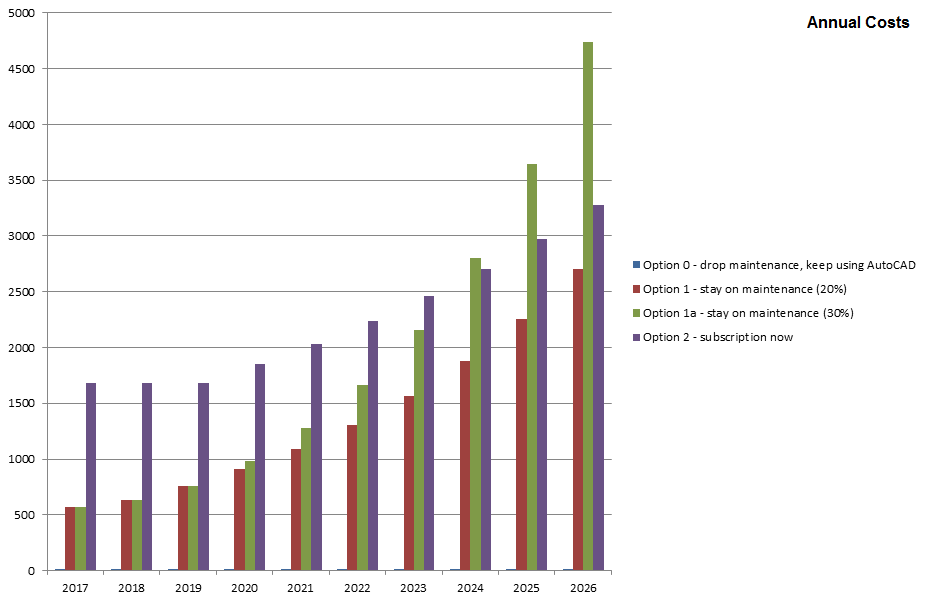

On August 31, 2019, Autodesk ended support for 2010 and older versions. Let me tell you here and now that’s a waste of time and money. There’s still some folks hanging on to their old perpetual maintenance licenses. A Word About Perpetual Maintenance Subscriptions For a better reporting tool, check out JTB Flex Report. In fact, they’re often misleading which lends itself to over licensing…which they like. Yes, Autodesk has some analytics but they’re completely inadequate for anything truly meaningful. If you’re trying to migrate users from AutoCAD to Revit, or implement other product roll outs, analytics are important to gauge adoption. It can also help promote product knowledge to a larger audience. This can lead to future sales if usage increases. Users who “Would” use products but don’t “Need” then get access. Those are the last two of the above bullet points. What Autodesk fails to realize (or ignores) is that there are a couple reasons network licenses are important even if you can’t share a license.

1 to 1 User to License ratio for trade detailers.2 to 3 Engineers can share a single license (this is what Autodesk wants to reign in).Obviously, they would rather sell you two licenses as opposed to have you share onE between two users.īased on over a hundred hours of license usage research in my last two employers in the MEP Engineering and Construction space, here’s the breakdown I’ve seen… Reading between the lines, it appears Autodesk is slowly trying to eliminate network licenses. It’s my understanding that existing multi-user licenses that are renewed are not subject to the price increase. NEW “Multi-User” Subscriptions for “Single Products” will increase an estimated 14% on February 7, 2020.NEW “Multi-User” Subscriptions for “Collections” will increase an estimated 33% on February 7, 2020.

Here are some upcoming changes you should be aware of…. It’s no secret that Autodesk regularly changes their pricing structure.


 0 kommentar(er)
0 kommentar(er)
